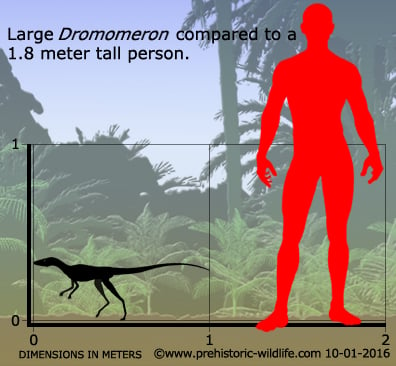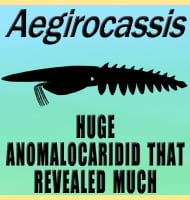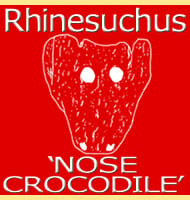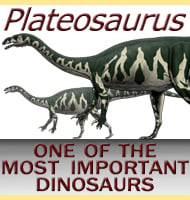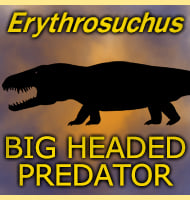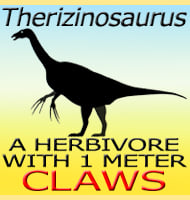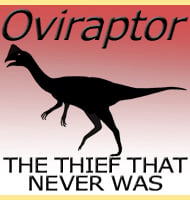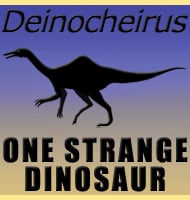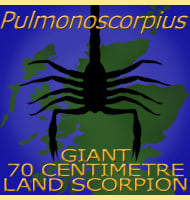In Depth
Dromomeron is a genus of small dinosauromorph that lived in North America during the late Triassic. Since being first described in 2007, the recovery and study of Dromomeron fossils in the south west of the USA has revealed an interesting discovery. Though only known from the partial remains of a few individuals, these fossils have been found in locations that also contain the fossil bones of early theropod dinosaurs, including the genera Tawa, Chindesaurus and Coelophysis. What this shows us is that the dinosauromorphs, which were the precursors to the true dinosaurs, did not disappear quickly, and for some time lived amongst the first dinosaurs.
In 2016, a new species of Dromomeron, D. gigas, was named from the Quebrada del Barro Formation of Argentina. This represents the first species and fossils of Dromomeron discovered outside of the North American continent.
Further Reading
- A Late Triassic dinosauromorph assemblage from New Mexico and the rise of dinosaurs. Science 317:358-361. - Randall B. Irmis, Sterling J. Nesbitt, Kevin Padian, Nathan D. Smith, Alan H. Turner, Daniel Woody & Alex Downs - 2007. - Supporting online material for A Late Triassic dinosauromorph assemblage from New Mexico and the rise of dinosaurs. - Science. - Randall B. Irmis, Sterling J. Nesbitt, Kevin Padian, Nathan D. Smith, Alan H. Turner, Daniel Woody & Alex Downs - 2007. - Hindlimb osteology and distribution of basal dinosauromorphs from the Late Triassic of North America. - Journal of Vertebrate Paleontology 29(2):498-516. - S. J. Nesbitt, R. B. Irmis, W. G. Parker, N. D. Smith, A. H. Turner & T. Rowe - 2009. - A Rebuttal to Nesbitt’s and Hone’s “An external mandibular fenestra and other archosauriform characteristics in basal pterosaurs. - International Symposium on Pterosaurs: 19–22. - C. S. Bennett - 2013. - A Norian lagerpetid dinosauromorph from the Quebrada del Barro Formation, northwestern Argentina. - Ameghiniana. - Ricardo N. Mart�nez, Cecilia Apaldetti, Gustavo A. Correa, Diego Abel�n - 2016. – Are the dinosauromorph femora from the Upper Triassic of Hayden Quarry (New Mexico) three stages in a growth series of a single taxon?. – Anais da Academia Brasileira de Ci�ncias. 89 (2): 835–839. – R. T. M�ller – 2017.
